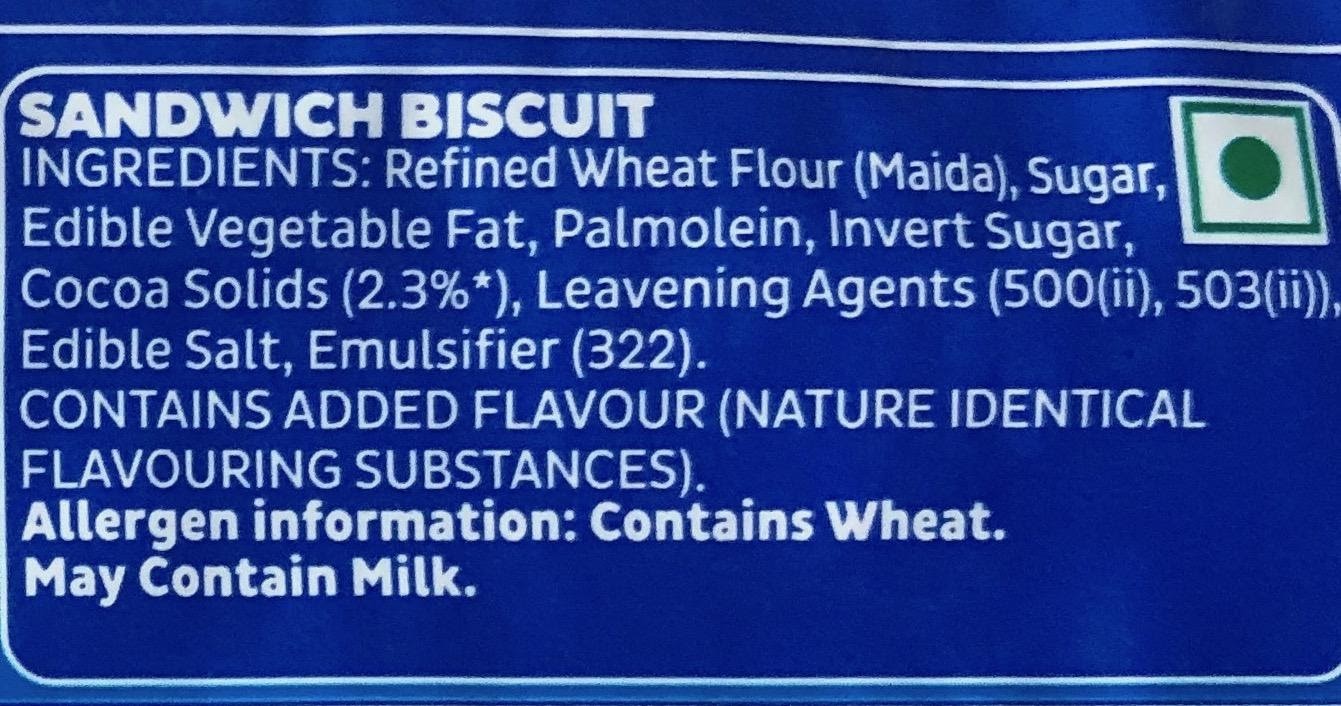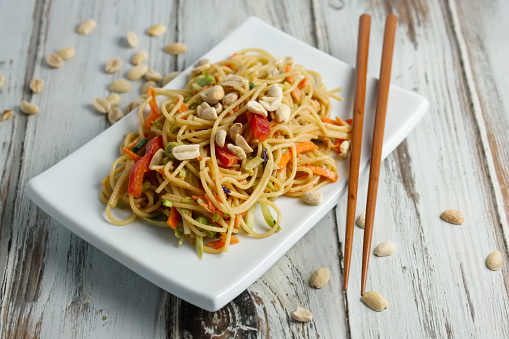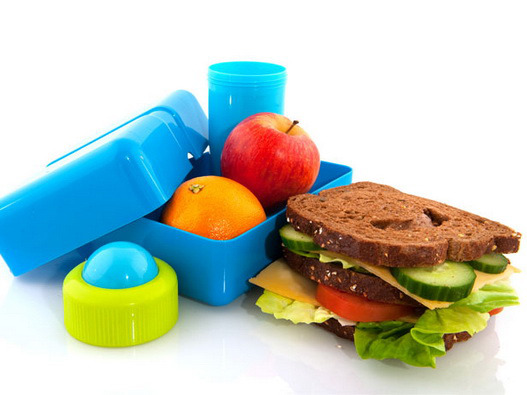I never read food labels too. Years ago, before I embarked on my journey of healthy cooking and eating, I regularly bought all kinds of processed and packaged foods for my family. We stocked biscuits of all kinds, Indian fried snacks cold drinks, sweets and sugary breakfast cereal. I bought all these indulgently and with love.
We all do this – it’s all so convenient, so easy to buy or order online and not too expensive either. And that’s the benefit at the cost of our health! Most of the ingredients used are cheap, not nutritious and often even dangerous to our health. How would you know? Start by reading the food/nutrition labels.
Guidelines For Healthy Eating
Unhealthy food is usually defined as food that is high in sugar, fat, salt and refined carbs.
Here are the WHO and NIN guidelines for sugar, salt, fat and fibre
- Sugar: 6 teaspoons (25g) of added sugar per day or 5% of total calories
- Fat: 2-4 tablespoons (30-60g) of visible fat per day.
- Sodium: 1500-2300mg sodium per day or 1 teaspoon or 5g of salt
- Fibre: 25-30g per day. Note that Refined flour & white rice have little fibre/nutrients.
What’s On The Label
The food/nutrition label is the story of the product, but manufacturers make these tricky to notice or read, through fine printing. Also, watch out for misleading advertising or false health claims.
What to look for on a nutrition label:

First look at the ingredients list. Ingredients are usually listed from the maximum to the least used in the product. Generally, the first few items will tell you what the product is made of. If it’s a very long list, it’s an indication of how processed the product might be.
Look at the total calories, the serving size and servings per container: Most often, the label indicates the number of calories for one serving, and there is usually more than one serving size per package of food. This can be quite misleading unless you do the maths. To arrive at your calorie intake, calculate the number of servings you will actually consume at a time (Kids will find it fun since there is some maths involved).
Check the total calories versus calories from fat: If the total calories are high, and the fat calories are also high (over 50 per cent of total calories in some cases), this may not be good for you.
Limit foods with fat, cholesterol and sodium (salt): Look for the presence of saturated fats or trans fats, partially hydrogenated vegetable oil or shortening (vanaspati, like Dalda). More than 5g of fat per 100g is a lot, 20g is very high, 3g or less is low. Also watch out for high levels of sodium (salt), which extend shelf life.
Watch out for the sugars: Sugar levels are usually high in processed foods and listed as Total Carbohydrates or Sugars.

Vitamins and minerals: Often added to enhance nutritional value, these still doesn’t mean that the product is good for you.
Beware of the Additives: Additives are often listed in number form.
For example,
E621 is monosodium glutamate (MSG). Many additives are sources of concern such as the artificial sweetener aspartame
E951 – sodium benzoate in soft drinks, sodium nitrite in processed meats like sausages, potassium bromate in bread, sulphur dioxide
E220- blue, red and yellow food dyes in candies, cold drinks, cakes, icing and so much more, and butylated hydroxyanisole/butylated hydroxytoluene (BHA/BHT or E320), which is used to preserve the oil in chips, snacks and cereals so they taste fresh for a longer time.
When you think about all of this, it sounds scary. And honestly, it is. We must reclaim our food and our health, in our own kitchens.
As examples, please look at these labels of a few popular products:
A reputed health drink: Marketed as nutritious brain food for kids, it has mostly flour and sugar as key ingredients, along with milk powder, additives and preservatives.
Cookies: These have 480 calories per 100g, along with 38.6 grams of sugar and 19.5 grams of fat.
Aloo Bhujia: High in calories (at 500 kcal it’s almost equivalent to one meal for a child) has 38 grams of fat and 615mg of sodium.
Of course, one can still go ahead and consume these convenience foods in moderation, but awareness of what you are putting into your body is the first step.
So what’s the solution? Mindful shopping, mindful cooking and mindful eating.
- Read the labels and understand what you are buying or eating. For example, if a 300ml cold drink has 13g of sugar per 100g as per the label, that means it has 33g (or 6.5 teaspoons) of sugar in total.
- Remember that many of the salty, deep-fried snacks and sweets we buy from sweet shops or bakeries are not labelled so shop mindfully.
- Happiness is homemade. If you don’t do so already, start making some of the food items you usually buy. You can make or bake at home almost everything that you can buy in a store. When we cook from scratch we can control the amount of sugar, salt and fat we are using. It’s not at all difficult to make a homemade biscuit, most often it tastes better and it’s most definitely healthier.
Here’s a shortlist of everyday food that I make at home instead of buying from a store:
- Peanut butter
- Fruit jam
- Pasta marinara/tomato sauce
- Mayonnaise
- Chocolate sauce
- Pesto
- Muesli
- Granola Bars
- Biscuits
- Cakes
- Baked Savoury crackers
- Paneer
- Cold drinks
In conclusion, food labels (and statutory regulations by governments) are to help us choose our food well. By reading labels, we can effectively select products that are better for us. So go ahead, start a label reading habit (teach your kids how to read food labels too) and live a healthier life, sooner than later.


















